The exhibit is available at Homer Babbidge Library Plaza Level, from April 2 until May 5, 2024.
An exhibit created by Edward Junhao Lim, the Business & Entrepreneurship Librarian of the UConn Library, and a member of the Association for Asian American Faculty and Staff (A3FS).
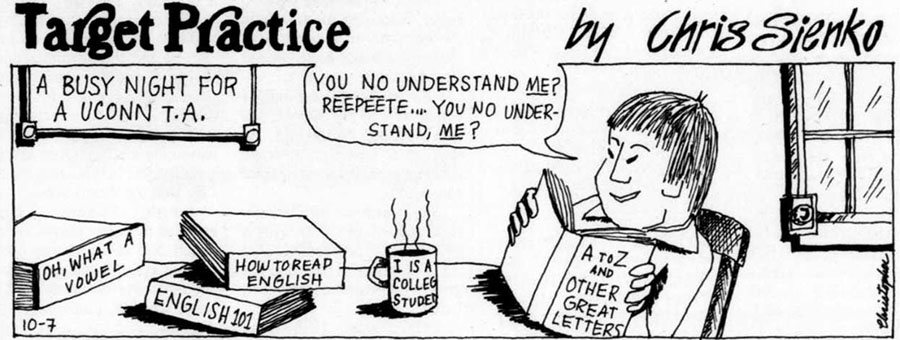
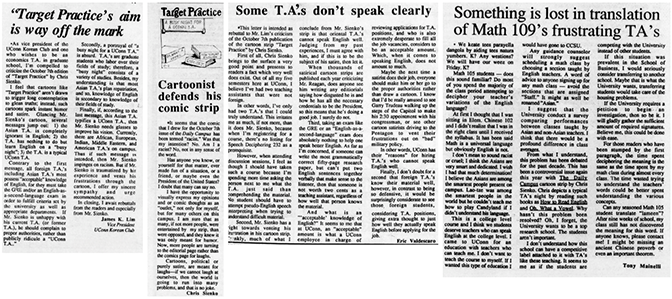
December 3, 1987, was a significant marker for the Asian American movement at the University of Connecticut. Eight Asian American students boarded a bus at Belden Hall to attend an off-campus semi-formal dance at the Italian American Club in Tolland. Belden and Watson Hall sponsored the semi-formal.
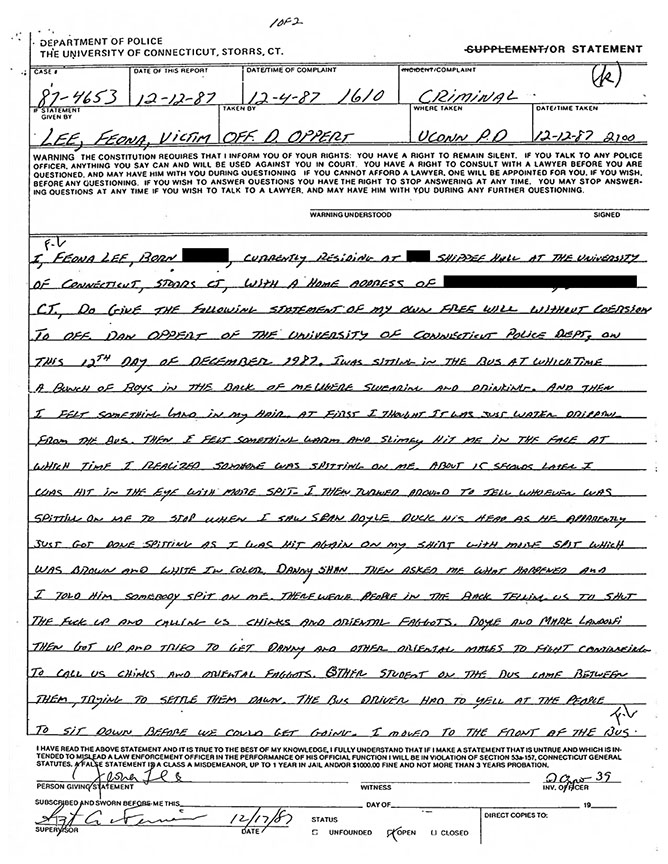
During the 45-minute bus ride, they were spat upon and subjected to racial slurs and physical intimidation from a group of UConn football players. Even at the dance hall, one of them continued harassing the group, including indecent exposure. The victims asked one of the Resident Advisors for help and permission to leave but were denied and asked to stay away from the troublemakers. The female victims hid in a closet until the threat of violence had seemed to pass.
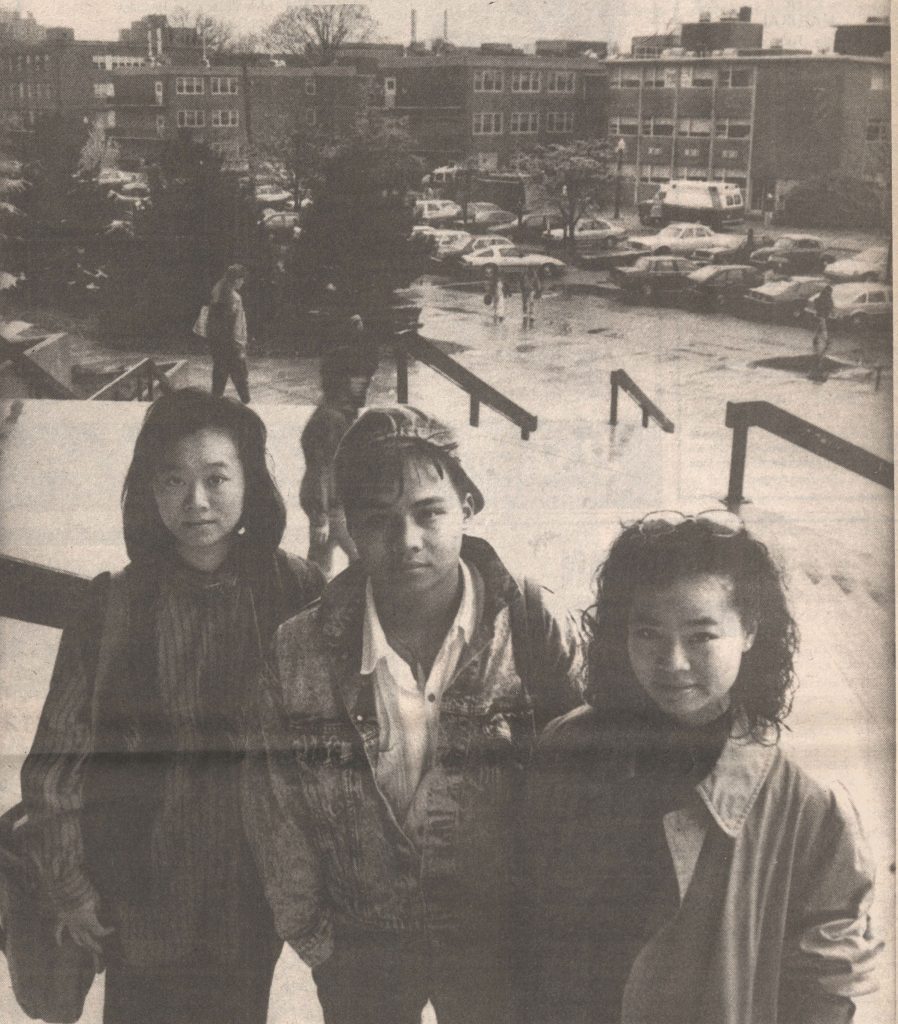
The inability of both local law enforcement and university officials to address and remedy the situation led to eighteen months of struggle, protest, and examination. No one seemed willing to help at the beginning: the UConn affirmative action office could not interfere because it did not involve faculty and students; the UConn campus police claimed no responsibility since it happened off campus, and three other local police departments (Vernon, Stafford Springs, and Tolland) claimed to have no jurisdiction since the incident started on campus.
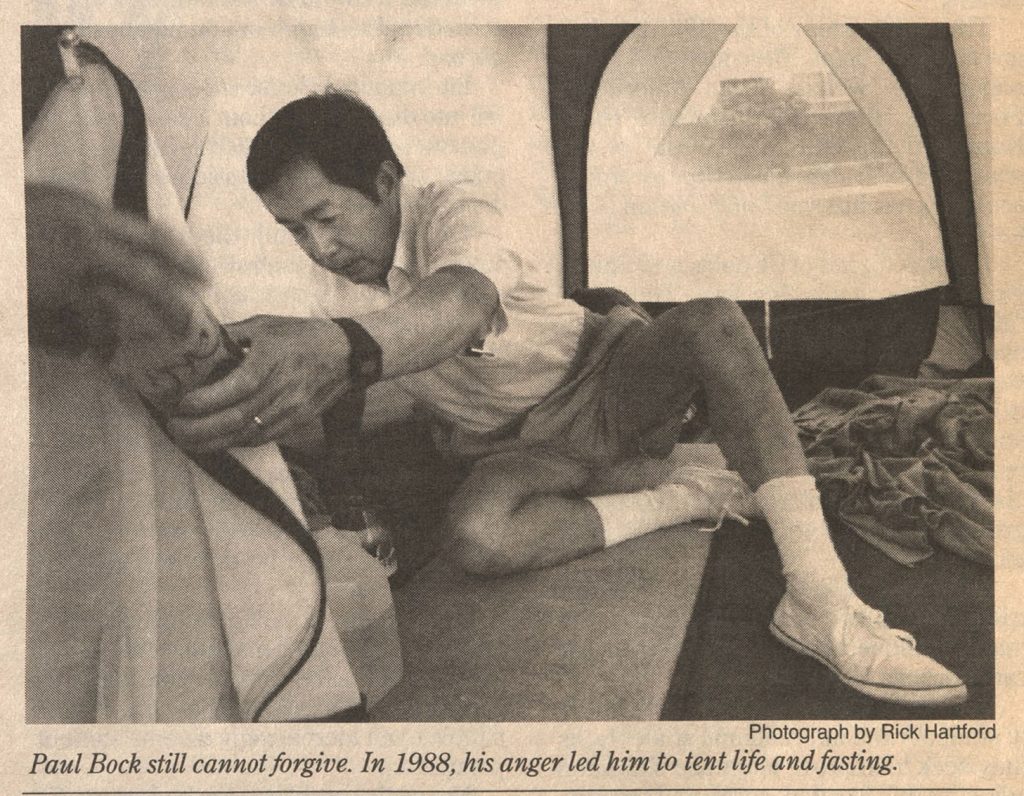
The perseverance of the victims eventually led to the identification and prosecution of only two from a group of attackers. One was suspended for one year. The other was barred from living on campus but continued to play for the UConn football team until his graduation.
This exhibit seeks to raise awareness about the incident on December 3, 1987, against Asian Americans at the UConn. This incident was a catalyst for change at UConn, leading to the establishment of the Asian American Cultural Center (AsACC), which provides resources to enhance the University’s diversity commitment through its recruitment and retention efforts, teaching, service, and outreach to the Asian American community on campus.
Through personal narratives and historical documents, the exhibition will explore this event’s origins and immediate consequences on the Asian, Asian American and broader campus communities. The day after the incident, Homer Babbidge Library was where Marta Ho told her sister Maria Ho what had happened. Maria insisted on reporting the incident to the police.
